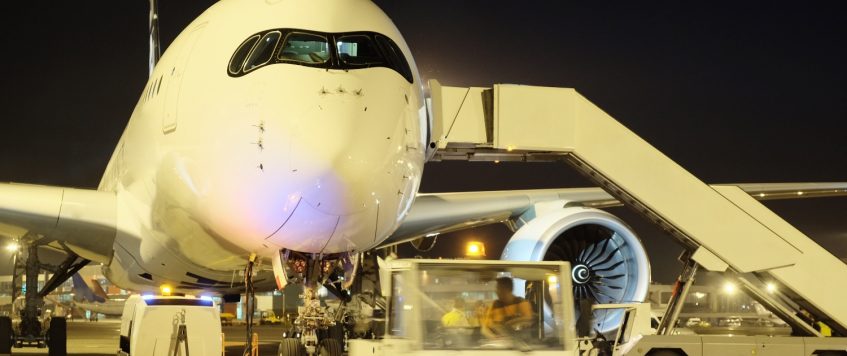-
08
Apr
Airfreight Soars Amidst Red Sea Shipping Crisis
The ongoing disruptions in the Red Sea shipping lanes are prompting a significant shift in global logistics strategies, leading to a marked increase in airfreight volumes and rates. As geopolitical tensions and attacks on maritime vessels exacerbate the challenges of ocean freight, businesses across various sectors are increasingly turning to air transport as a reliable alternative for moving goods.
The redirection of cargo from sea to air is a response to the pressing need for timely delivery amidst the uncertainties plaguing traditional shipping routes, particularly those through the Suez Canal. This canal, a critical artery for global trade, has seen a substantial decrease in traffic due to the security risks posed by Houthi rebel attacks. These incidents, part of the wider conflict involving Yemen, Iran, Israel, and other international actors, have led to significant disruptions in maritime logistics, compelling companies to seek alternative pathways for their goods.
The impact of these shifts is evident in the airfreight industry’s performance. Data from Xeneta, a transportation analytics firm, highlights a double-digit growth in global airfreight volumes for consecutive months, underlining the surge in demand for air cargo services. This is particularly pronounced in trade lanes most affected by the Red Sea crisis, where the urgency to maintain supply chain continuity has led to a spike in airfreight rates. For instance, the average spot rate for air cargo from the Middle East and South Asia to Europe soared by 46% in a single month, illustrating the pressing need for alternatives to ocean freight.
The rise in air cargo rates is not solely attributable to the Red Sea disruptions. The sector is also buoyed by the robust demand from Asian e-commerce platforms, which rely heavily on air transport to meet consumer expectations for swift delivery. This trend suggests a broader shift in global trade dynamics, where the agility and speed of airfreight are increasingly valued over the cost advantages traditionally offered by sea transport.
This pivot to airfreight is not without its challenges. Air cargo, while faster, is markedly more expensive than its maritime counterpart, posing a significant cost implication for businesses already navigating the complexities of global trade. However, for many, the expedited delivery and reliability of air transport outweigh these additional costs, particularly for high-value or time-sensitive goods.
The situation is a clear indicator of the evolving nature of global logistics, where flexibility and the ability to quickly adapt to geopolitical and environmental challenges are becoming paramount. As businesses continue to navigate these turbulent waters, the reliance on airfreight is likely to remain a key feature of international trade, heralding a period of sustained growth for the air cargo industry amidst the broader recalibration of supply chain strategies.
This strategic shift, while a boon for the airfreight sector, underscores the broader implications of geopolitical instability on global trade. It highlights the interconnectedness of international commerce and the need for a multifaceted approach to logistics, one that can seamlessly integrate various modes of transport to ensure the uninterrupted flow of goods across the globe. As the situation in the Red Sea and other hotspots continues to unfold, the resilience and adaptability of the global supply chain will be tested, with airfreight playing a crucial role in maintaining the continuity of trade.

